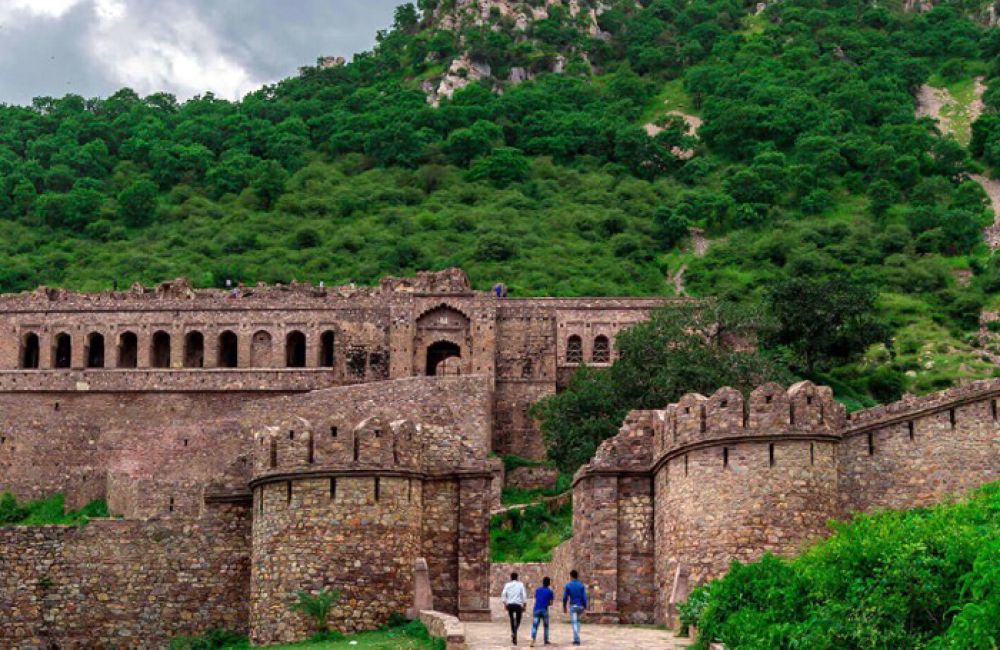

Located in the heart of India's Madhya Pradesh, the Bandhavgarh Fort is steeped in history and mythology. Believed to be over two thousand years old, its exact origins are shrouded in mystery, but it is said to have been mentioned in ancient texts as far back as the Ramayana. The fort has passed through the hands of many rulers, from the Maghas to the Vakataka dynasty, from the Sengars to the Baghels. The fort was once the center of a thriving civilization and the capital of the Rewa State before the area became known more for the surrounding national park.
Surrounding the ancient Bandhavgarh Fort is the Bandhavgarh National Park, established in 1968 as a tiger reserve under Project Tiger. The park not only boasts a significant population of Bengal tigers but is also home to a diverse array of wildlife including leopards, various deer species, and myriad birds. Initially, the park spanned an area of 105 sq km, but it has since expanded to approximately 437 sq km, helping to protect more of the region's biodiversity.
Tourism in Bandhavgarh began modestly with a handful of wildlife enthusiasts keen on observing the majestic Bengal tigers in their natural habitat. As word spread about the park's high density of tigers, it didn't take long for Bandhavgarh to become a revered destination for tiger sightings. The subsequent growth in visitors spurred the development of infrastructure, including resorts, hotels, and improved transportation links to cater to the needs of international and domestic tourists alike.
Eco-friendly practices are at the forefront of contemporary trends in Bandhavgarh tourism. The focus is on conservation and ensuring that tourism has a positive impact on the local ecology and community. Measures include the use of electric or biofuel vehicles for safaris, promotions of local handicrafts, and supporting community-based tourism initiatives.
Experiential travel is also gaining popularity, as visitors look for immersive experiences beyond conventional safaris. This includes participating in wildlife conservation projects, bird-watching tours, and guided walks highlighting the region's flora and fauna.
The concept of wellness tourism is catching on as well, with many tourists combining their wildlife experiences with yoga and meditation retreats in the tranquil surrounds of the national park.
Safaris in Bandhavgarh National Park require prior booking, especially during the peak tourist season from October to June. Accessibility has improved over the years, with the nearest airports located in Jabalpur and Khajuraho and direct rail links to Umaria, the nearest railway station to Bandhavgarh.
Bandhavgarh National Park and the majestic Bandhavgarh Fort have thus combined natural beauty with ancient history to offer a unique and holistic tourism experience in India. Through careful conservation efforts and responsible tourism practices, this destination continues to captivate and inspire visitors from across the globe.